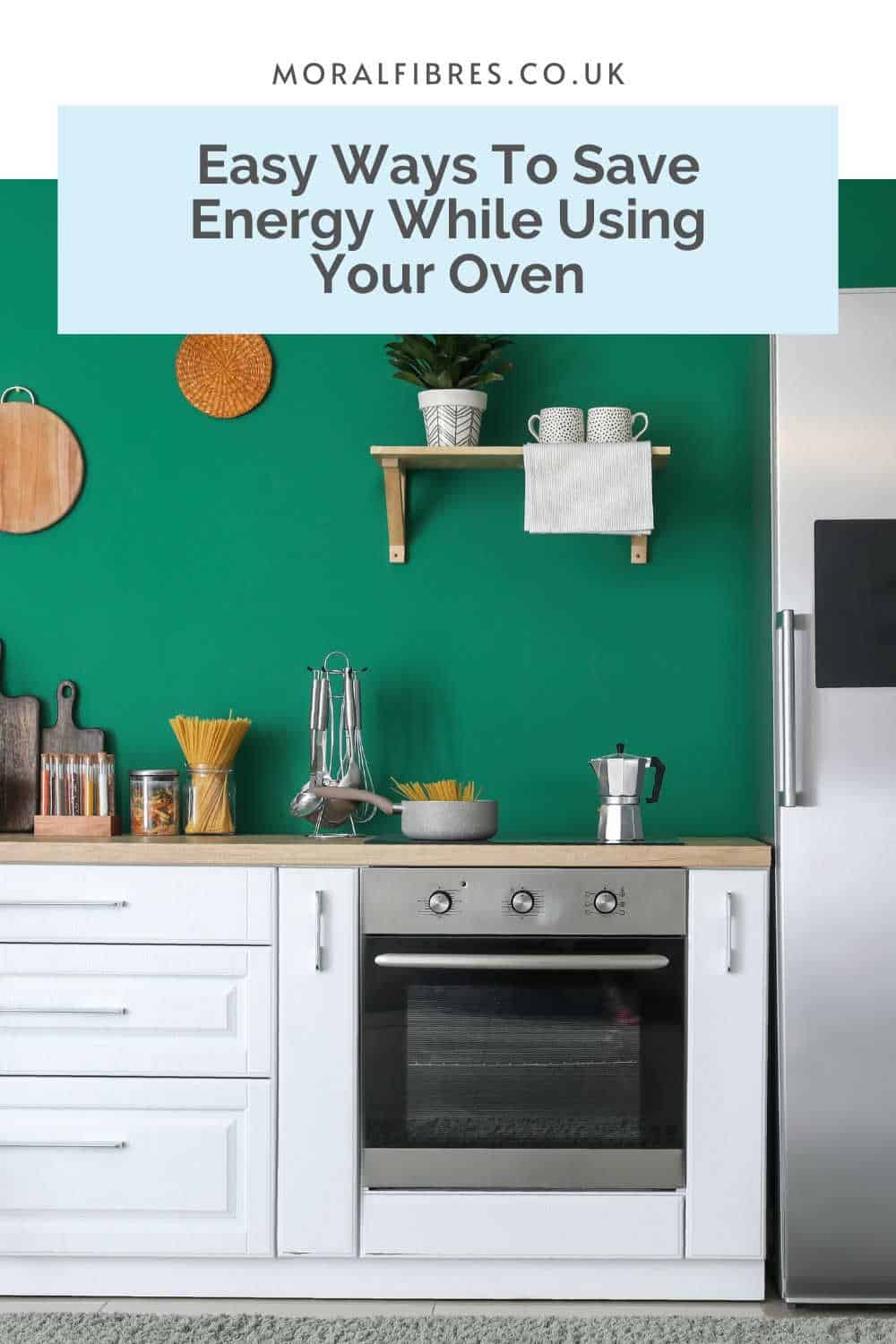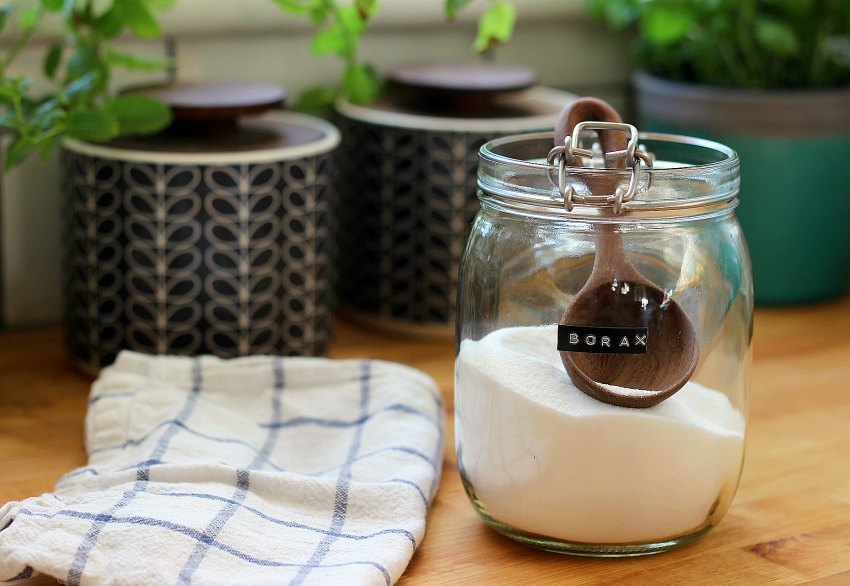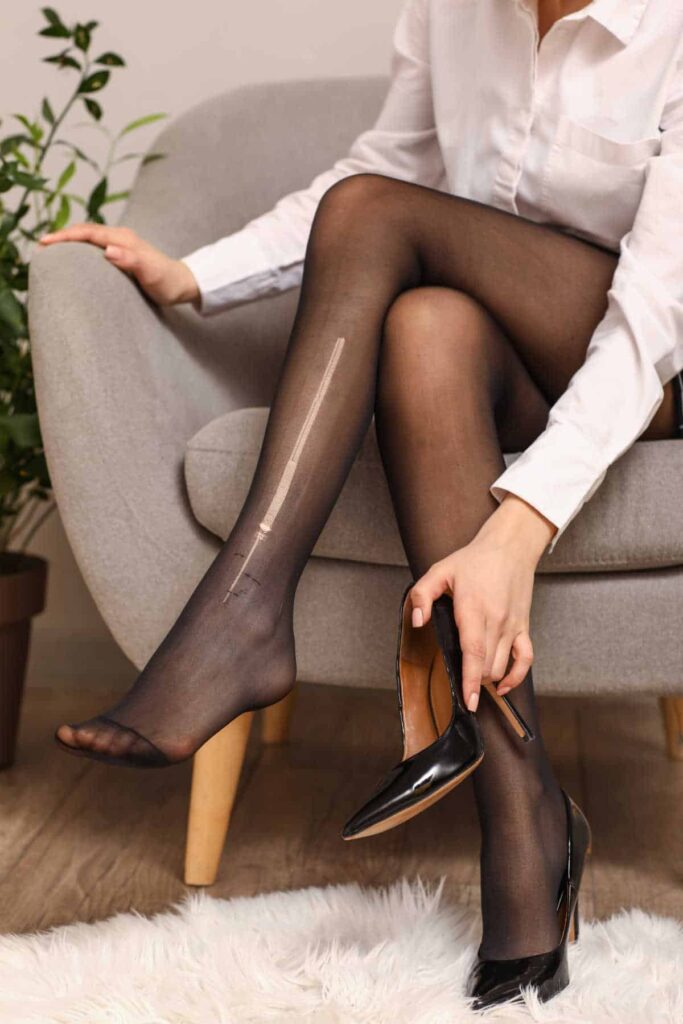10 Easy Steps To Save Energy While Using Your Oven
To support the running costs of Moral Fibres, this post may contain affiliate links. This means Moral Fibres may earn a small commission, at no extra cost to readers, on items purchased through these links.
Cut your energy bills with these easy ways to save energy while using your oven.
Energy bills may have recently fallen slightly, but the average household will still pay far more for gas and electricity than before the energy crisis kicked off in 2021. So if you’re anything like me, you’ll still be looking for ways to save on your energy costs.
Whilst there are heaps of ways to save energy at home, you may not have considered adopting your cooking techniques to cut your bills. The oven, for example, may be at the heart of your kitchen, yet it can be an energy-intensive way to cook and can contribute to hefty energy bills.
Thankfully I’ve got a few savvy oven tips and tricks up my sleeve, to help keep your bills down and cut your carbon footprint – without compromising on the food you eat.
How To Save Energy While Using Your Oven

Ready to save? Here are my top tips – whether you’re baking a cake or roasting a Sunday dinner – so that you can enjoy delicious meals while saving money.
Use the quick links to jump to a specific section or keep scrolling for the full guide:
- Consider What’s The Most Energy-Efficient Method For Your Needs
- Plan Out Your Cooking
- Keep It Closed
- Keep It Clean
- Switch Your Oven Off Early
- Embrace Batch Cooking & Freezing
- Take Advantage Of Residual Heat
- Switch Your Oven Off When Not in Use
- Choose Energy-Efficient Appliances
Consider What’s The Most Energy-Efficient Method For Your Needs
The oven is the single most expensive way to cook food. This means it’s best to consider what’s most energy-efficient for your needs. If you’re reheating leftovers, for example, consider using the microwave instead of your oven. It’s always best to reserve your oven for larger batches of food to make the most of its energy consumption.
If you do need to use the oven to reheat food, then it’s most energy-efficient to defrost your food first.
If you like to cook stews or casseroles, consider investing in a slow cooker. Unlike ovens that use significant power to maintain high temperatures, slow cookers operate at lower wattage over extended periods. Despite being on for much longer, this gentle, steady approach not only saves a whole lot of energy when compared to your oven but also tenderises your food beautifully.
We use our slow cooker at least once a week, and wouldn’t be without it now. Try these 25 vegetarian and vegan slow cooker recipes for some inspiration.
And if you haven’t joined the air fryer club yet, it’s worth considering. By harnessing convection technology, air fryers circulate hot air efficiently, requiring less energy to reach and maintain cooking temperatures. Plus their smaller size means they heat up faster and require less electricity overall. This not only saves energy but also reduces cooking time.
We’ve had our air fryer (this Ninja Foodi one) for over two years now and use it almost every day. There’s zero heat up time, so unlike an oven you’re not heating it up for 15 minutes before you can use it. We’ve made cakes and everything in it, and it definitely helps keep our energy bills lower.
Plan Out Your Cooking
When you’re using your oven, where possible, try to cook more than one dish in the oven at the same time. By maximising your oven space, you’ll reduce the overall cooking time and energy expenditure.
Alternatively, you could cook one dish after another. Since the oven will already be hot, there’s no need to pre-heat it.
Keep It Closed
Whatever you do, resist the temptation to peek at your food to see how it’s doing. Opening the oven door releases heat, causing the oven to work harder to maintain the set temperature. Instead, use the oven light and window to check on your food’s progress.
Keep It Clean
Cleaning your oven is never a fun job, so it may be painful to hear that a clean oven can operate more efficiently than a dirty one. Regularly remove crumbs, spills, and built-up grease to avoid hindering your oven’s airflow and heat distribution.
While you’re cleaning, make sure you give the oven seals a once over. This helps to ensure proper insulation and prevents heat loss during cooking – something that can contribute to big bills as your oven will have to work harder to keep it at the right temperature.
Try my homemade non-toxic oven cleaner or opt for your usual brand.
Switch Your Oven Off Early
Did you know that you can save energy by switching off the oven a few minutes before the end of the cooking time? The residual heat will continue cooking your dish to perfection while reducing energy consumption.
I’ve found this technique works especially well for dishes with longer cooking times, like roasts and casseroles. Just be sure not to open the oven door to prevent hot air from escaping.
Embrace Batch Cooking & Freezing
Another top tip is to make the most of your oven’s energy by batch cooking and freezing meals for later. You could prepare large batches of curries, stews, or casseroles, and then portion them out and freeze them.
You can then cook these in the microwave for quick and convenient meals on busy days – rather than using the oven every day to make small portions.
Similarly, if you’re cooking a baked potato, then rather than cooking just one – cook a few. Cooked baked potatoes can be frozen and then defrosted and reheated when you need them.
I love this method, as it helps to save money on energy, whilst also helping you to reduce food waste.
Take Advantage Of Residual Heat
After turning off the oven, leave the door ajar to allow the residual heat from your cooking to escape into your kitchen. This can provide a bit of much-needed extra warmth in the colder months, without adding to your energy bill. Just be sure to keep pets and children away from the oven whilst it’s still hot.
Switch Your Oven Off When Not in Use
When you’re done cooking, don’t forget to turn off the oven at the plug socket. Even when not in use, appliances continue to draw power if they’re left plugged in – in what’s dramatically known as vampire energy.
If you don’t switch off your oven when you’re done, you could be paying just to run the clock on your oven. This can contribute to energy waste and higher electricity bills – especially if you already have a clock in your kitchen.
Choose Energy-Efficient Appliances
Finally, when it’s time to upgrade your oven, then if you are looking for an electric oven, try and opt for the most energy-efficient model you can afford.
The energy label will tell you how energy-efficient any potential oven is. An oven with an “A” rating is the most energy-efficient one and will be the cheapest to run. In comparison, one with a “G” rating is the least efficient and will be the most expensive to run.
While the initial investment may be higher for the highest-rated ovens, the long-term energy savings can make it a worthwhile choice for both your wallet and the environment.
Any more top tips? Do let me know in the comments below!
Found this post useful? Please consider buying me a virtual coffee to help support the site’s running costs.




